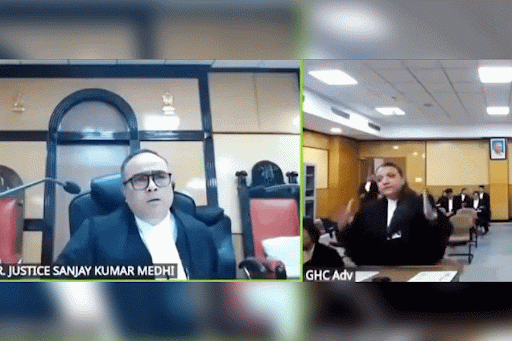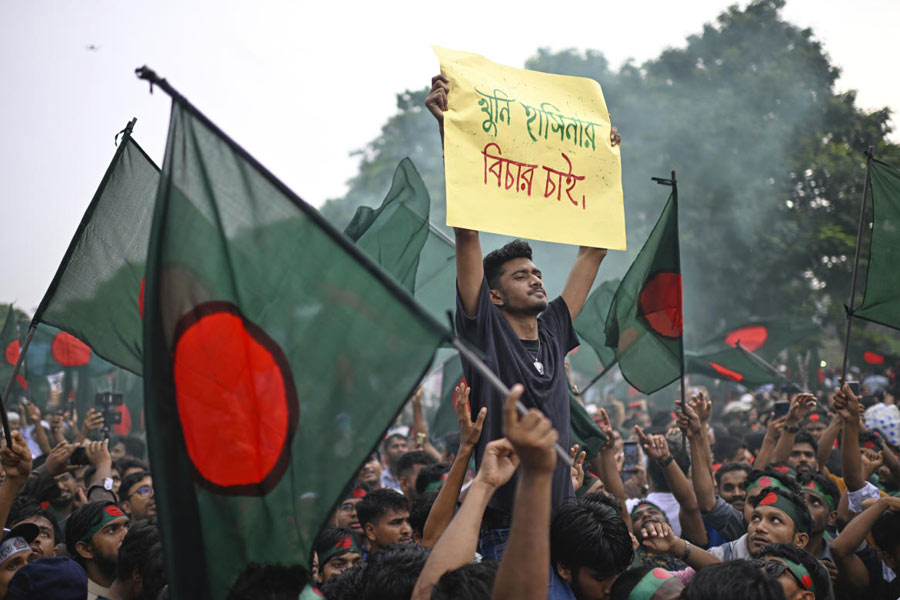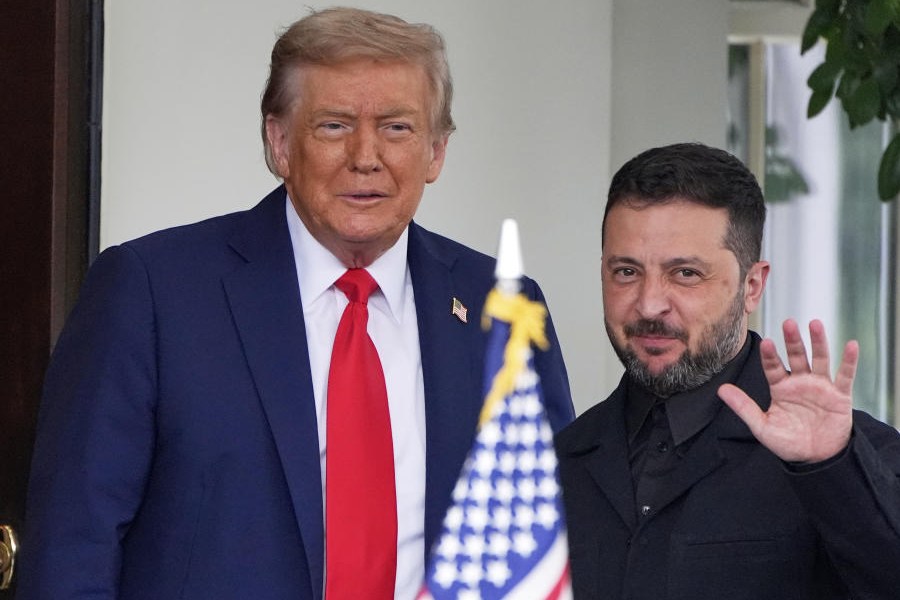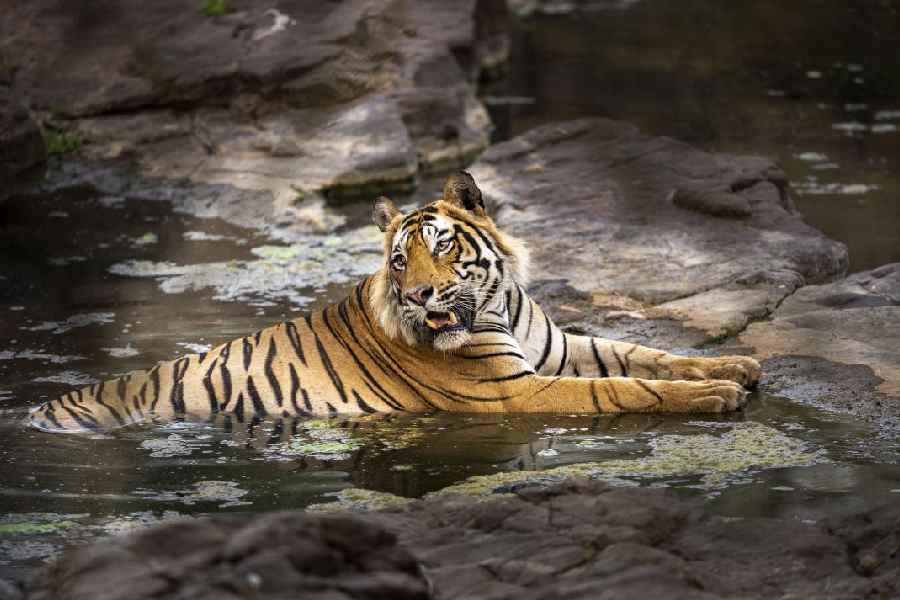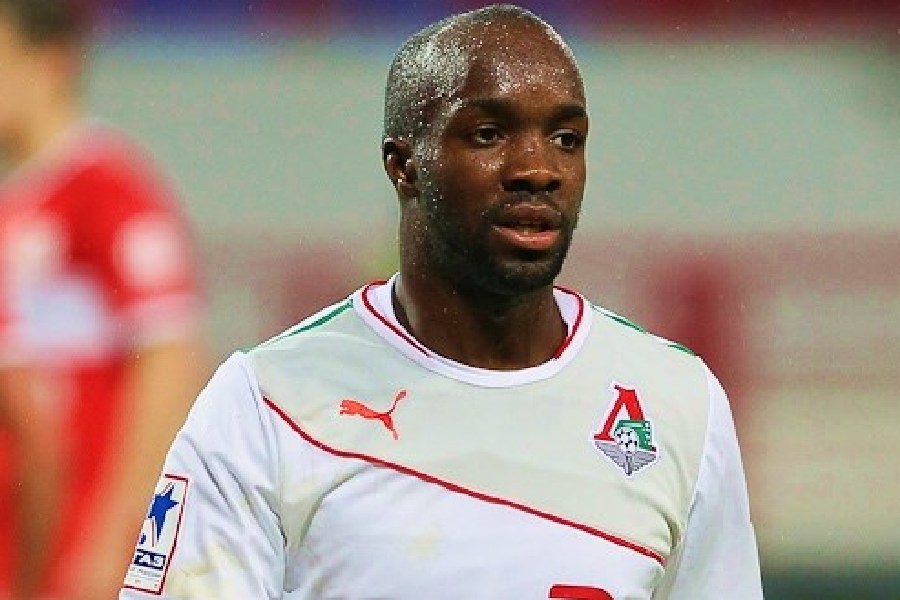 |
| LOCATION COUTESY: VIVANTA BY TAJ, AMBASSADOR HOTEL, DELHI |
It’s a tale of the purest revenge. A tale of a small group of Caribbean islanders who were determined to rise up against their former colonial masters and flay them at their own game.
British filmmaker Stevan Riley’s fast-paced documentary, Fire in Babylon, is about possibly the greatest cricket team that ever took to the pitch. The West Indies team led by Clive Lloyd and Viv Richards didn’t lose a single Test match for an astounding 15 years from 1980 to 1995. And it was a team of larger than life personalities
 |
The only question to be answered about the team was quite simply: who was the greatest of them all? Was it the swashbuckling Viv Richards? Or, how about gentle giant Clive Lloyd who demolished opponents with his elegantly brutal stroke play and masterly captaincy? Or were the match-winners that relentless quartet of pacemen Michael Holding, Malcolm Marshall, Andy Roberts and Colin Croft who gave no quarter to the enemy at the wicket?
Riley’s movie has scored big around the world with both cricket lovers and even those who aren’t fans of the flannelled fools. Now, the film has just released in theatres across India. And Riley’s optimistic it will be a hit with India’s legions of cricket fans too. After all, he saw scores of Indians queue up during the film’s premiere at the Tribeca Film Festival in Manhattan last year. Says Riley: “I know that everything to do with cricket centres around India these days so I was hoping to get a release here and I’m really excited about it.”
Riley’s probably more famous in other parts of the world for another documentary Everything or Nothing: The Untold Story of 007, which is releasing in October to coincide with the 50th anniversary of the fictional superspy. “It’s the survival story of Bond. We all know that James Bond saves the world but who saved James Bond? So I was looking at all the threats that Bond had to overcome to be with us to this day,” he says.
But for now, his Indian audience can watch Riley’s narrative on the West Indies cricket team’s triumph and redemption. Did you know that Richards hung out with Bob Marley and the Wailers? Or that the unstoppable Gordon Greenidge faced racist slurs while growing up in England?
So, how did Riley make a film on a sport that he loves but isn’t fanatical about? Well, he wasn’t immediately enthusiastic when the film’s executive producers first approached him. Till he realised that it was on the great Windies team.
 |
| Riley’s documentary on the legendary 007 is releasing in October |
“The West Indies had gotten me interested in cricket as a kid. I had a morbid fascination with their aggression on the field,” he says. As a student of history, Riley was also curious to explore whether the Windies’ success was “emblematic of the times”. “I thought it was a story of rebellion and also of triumph and ascendancy where cricket was the weapon,” he says.
Naturally, Riley read up every book on the subject. He backpacked through the Caribbean in 2009 to explore his story further. He met a very helpful Michael Holding on his first day in Jamaica itself. He also met some of the film’s other important characters like Bunny Wailer and Richards’s dreadlocked Rastafarian history teacher, Franklyn Francis, who’d influenced the cricketer by teaching him about his African past.
“The Rastafarians saw cricket as being the spearhead for all these changes in the West Indies, and for independence and pan-Africanism. Cricket was a platform for people who shared those beliefs to prove their worth,” says Riley. Certainly, Lloyd and Richards were aware of “what their cricket represented”, he adds.
 |
 |
 |
| Fire in Babylon chronicles the Windies’ many triumphs as they rose to decimate their Test opponents for an unbeaten 15 years |
Fire in Babylon, then, encompasses the politics of race and the Caribbean’s lively musical culture too. Of course, Riley didn’t have it all easy and the players were initially sceptical. Even Richards was elusive at first. “He knew we were there filming but he took time to be convinced,” he says. And while he interviewed some of the Windies’ opponents, Riley eventually decided to make an entirely West Indian film with a West Indian voice.
The film traces the Windies’ rise after their humiliating defeat in Australia in 1975 and follows their ascendancy up to their 1984 decimation of England. It shows their transformation from a happy-go-lucky Calypso bunch to never-say-die professionals. One incident relates to how England captain Tony Greig lit a fire under the whole team with his famous remark about making them grovel.
The movie shows them making the English pay for the remark. Later, there’s a wonderful account of Kerry Packer threatening to send them home on the first flight after they lost their first match in his famous World Series Cricket tourney. And an outspoken Croft talks of the rebel tour to South Africa.
So, how did Riley become a filmmaker? He studied Chinese, economics and politics before graduating in history from Oxford in 2000. But it was while working at an advertising agency that he was drawn to the creative side. So, he bought a £3,500 camera and went to Sarajevo with three friends to make a film on a group of young musicians working underground during the siege there. Called Rave Against the Machine, its instant success in 2005 gave Riley the confidence to become a filmmaker. He followed it with another acclaimed documentary, Blue Blood, on the boxing rivalry between Oxford and Cambridge. It was a subject close to his heart as he’d been an amateur boxer at Oxford.
He’s looking forward to the Bond film next. It’s about the three men behind Bond: Ian Fleming and the producers Harry Saltzman and Albert R. Broccoli of Eon Productions, as well as all the men who played 007. “I was looking at the hard luck story of how Bond could have not got off the page and not even come on the screen,” says Riley. Naturally, he interviewed all the Bonds although Sean Connery, his favourite, proved elusive.
Now, Riley’s eager to move on to his next challenge: a feature film. And like all his films’ heroes, he’s ready for the chase.


